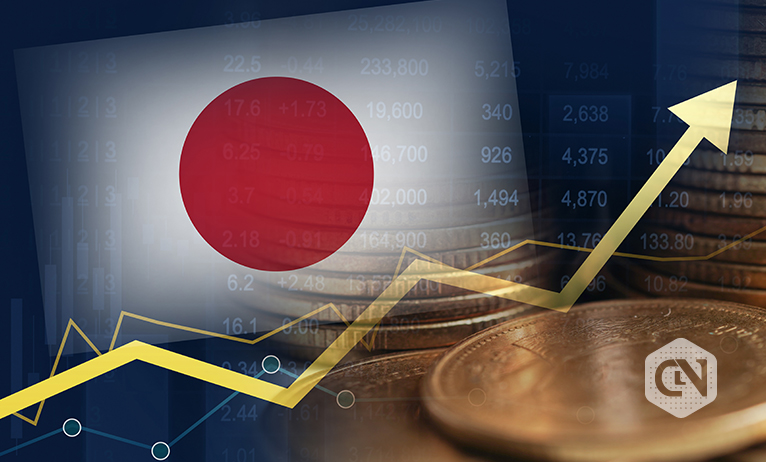This content has been archived. It may no longer be relevant.
The Japanese Yen took a deep cut in the market on Friday, losing 0.61% against the United States dollar. It is believed that the hiking import costs and a downside in the interest rates have caused the JPY to take this blow. And what’s more, the greenback also took a hit as per the recent reports. The US Dollar Index that tracks the movement of the USD against other currencies shows a 0.26% downside and stayed at 98.540. On the other hand, the AUD and NZD have kept their rally for the second consecutive week now.
In the case of the Yen, this current fall was initiated by the rise in consumer prices within the country. The year-on-year growth of Japan’s core CPI has increased by 0.8%. Furthermore, the Tokyo Consumer Price Index has also increased by 1.3% lately. Experts believe that Yen’s fall owes much to the dovish policies of the Bank of Japan despite experiencing such a pressing situation. As a result, the JPY weekly fall against the US dollar is calculated at 2.6%. The monthly numbers show that the currency fell 6% throughout March to reach ¥120 level. The coin expects resistance at ¥123.70.
Advertisement
To add to this, the U.S Federal Reserve took a hawkish stance to withstand the historical inflation rate. It resulted in an upside of US yields against the Japanese Yen. Likewise, the JPY also lost nearly 8% in the last eight sessions against the AUD. But many believe that this dip is not permanent, and the market for dollar/yen is yet to give a fightback. Brent Donnelly from Spectra Market expects the Japanese policymakers to give a comeback when the currency reaches the ¥125 mark. Find out what the opinions of other brokers are about this dip by checking out the best forex brokers. You can even explore more if you are looking for country-specific brokers like the USA.
However, the latest changes in the bond markets might potentially weaken the remedial measures of the Bank of Japan. The central government would have to deal with controlling the yield curve to get the economy back on track. Experts claim that the chances of this situation weakening the currency are higher. The ten-year bond of the Japanese government has already reached 0.235% on Friday and is not very far from its upper limit of 0.25%.
Advertisement
The fall in the USD and JPY prices did not affect the AUD and NZD as they climbed to 0.7518 and 0.6969 against the USD, respectively. The demand for commodities due to the war in Eastern Europe helped them keep healthy. The AUD weekly rise has exceeded 1% for the second week now. The policies, however, seem to have hit the Euro hard, which is currently trading at $1.1005. The Chinese Yuan was down by 0.1% at 6.3616, and the GBP jumped 0.19 to 1.3208.







